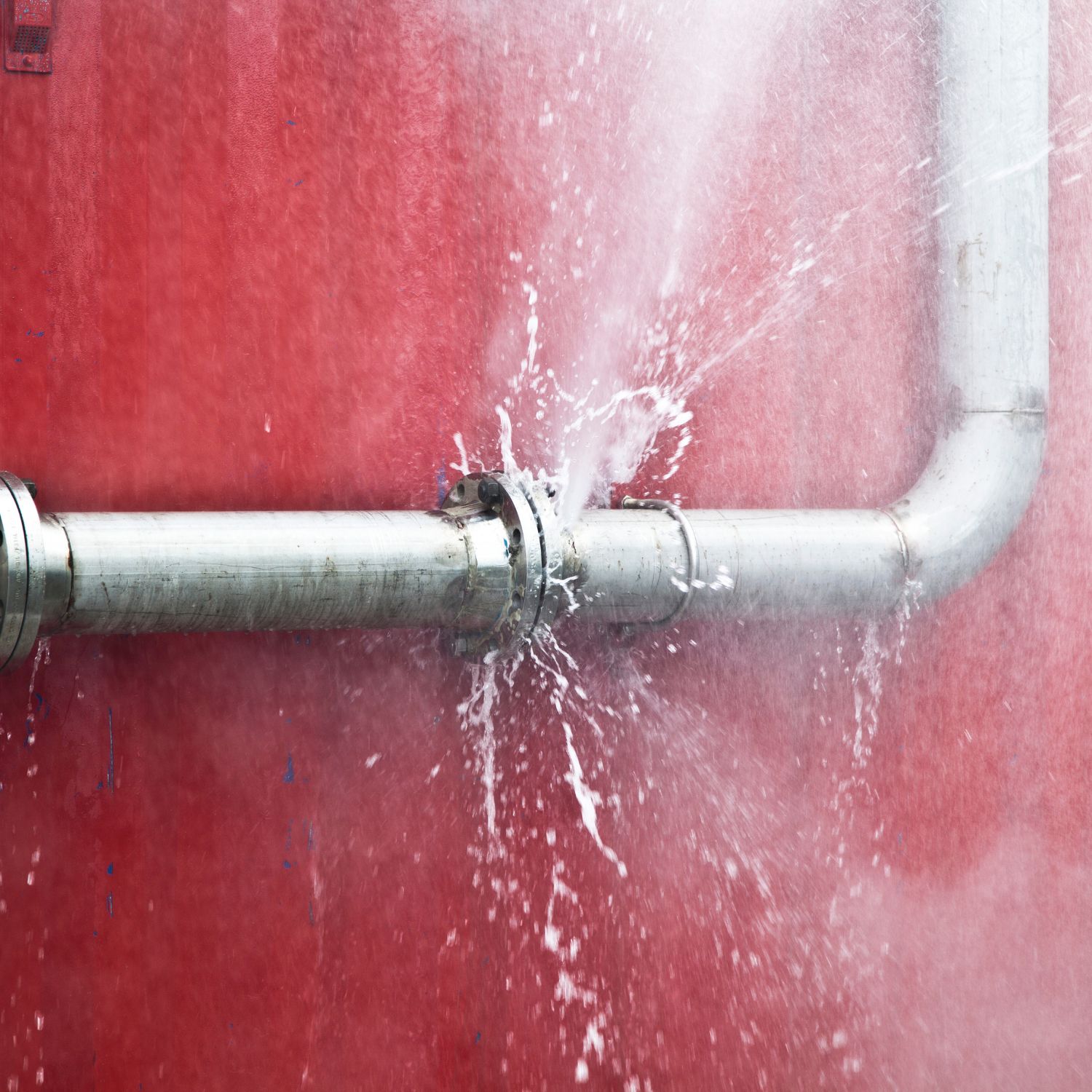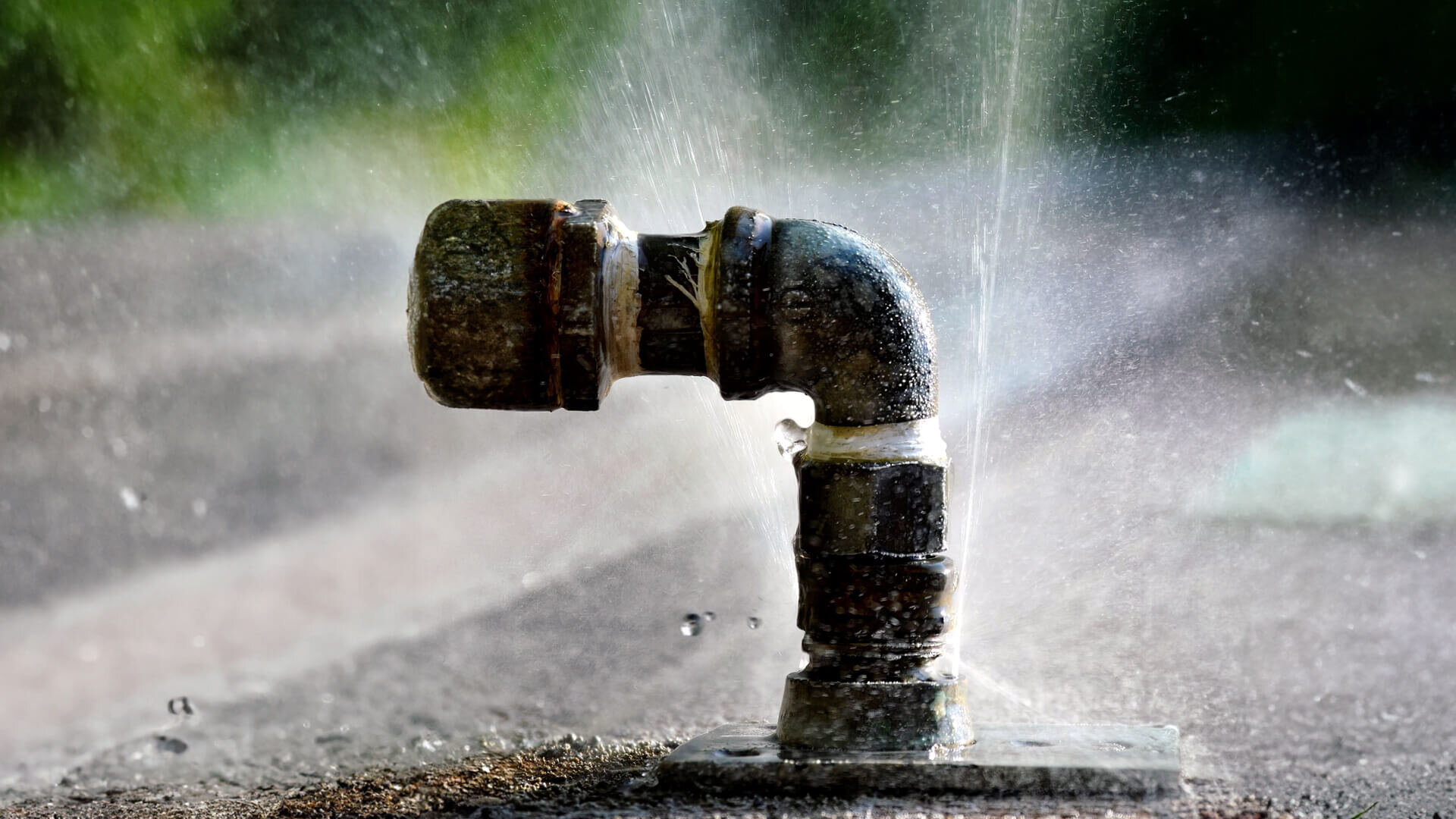How to Handle a Burst Pipe: Essential Steps for Immediate Action
Protecting Against Burst Pipeline: Necessary Tips to Shield Your Plumbing
Preventing ruptured pipelines is a crucial issue for property owners, particularly throughout chillier months when the threat of freezing is enhanced. Executing critical actions such as proper insulation, regular examinations, and preserving constant indoor temperature levels can significantly reduce the possibility of pipe failing. Furthermore, recognizing emergency situation treatments equips property owners to respond promptly to prospective pipes problems. However, many are uninformed of the specific vulnerabilities that their pipes might deal with. Exploring these susceptabilities can provide invaluable understandings into safeguarding your pipes system effectively.
Understand Pipeline Vulnerabilities
Comprehending pipe vulnerabilities is crucial for efficient plumbing upkeep and avoiding pricey damage. A number of aspects contribute to the susceptibility of pipes to ruptureds, including product make-up, age, and ecological conditions. Older pipelines, particularly those made from galvanized steel or polybutylene, usually break down in time, bring about enhanced danger of leakages and tears.
Temperature level fluctuations can likewise significantly impact pipeline honesty. In colder environments, water entraped in pipes can freeze, increasing and exerting stress on the pipeline walls, which may ultimately bring about a ruptured. Moreover, high water pressure can strain pipelines, specifically at bends and joints, heightening the probability of failing.

Insulate Piping Appropriately
Correct insulation of pipelines is vital for preventing cold and subsequent bursts during winter (burst pipe). Insulating your plumbing system successfully safeguards against temperature level goes down that can cause pricey damages. Begin by determining susceptible areas where pipes are exposed to outdoor temperature levels, such as cellars, attic rooms, and exterior walls
Use foam pipeline insulation sleeves or cover insulation tape around these locations to provide a protective barrier. Make sure that all areas of the pipelines, particularly those with restricted warmth exposure, get adequate insulation. Pay unique focus to joints and fittings, as these are much more prone to cold.
When shielding, it's necessary to choose materials that meet local building ordinance and are suitable for the certain atmosphere. For example, fiberglass insulation is often advised for its thermal resistance properties - burst pipe. In addition, take into consideration utilizing warm cables or tape in severe problems, which can be plugged in to supply extra warm
Consistently examine protected pipelines for any kind of indications of wear or damage, as jeopardized insulation can reduce its efficiency. By taking these positive measures, you dramatically reduce the threat of pipe bursts, making certain a trustworthy pipes system throughout the cold weather.
Maintain Constant Temperature Level
A stable interior temperature level is vital for stopping ruptured pipes throughout the frigid months. When temperatures decrease, water within pipelines can ice up, creating and expanding stress that may eventually cause the pipes to burst. To reduce this threat, house owners should maintain a regular temperature throughout their living room, ideally no lower than 55 ° F(13 ° C)Using a programmable thermostat can help take care of interior temperatures efficiently, ensuring that rooms with pipes stay warm also when your home is vacant. Pay special attention to areas that are more susceptible to cool, such as attics, basements, and garages. Maintaining closet doors open under sinks can also permit warmer air from the home to circulate around pipes.
This small circulation of water can prevent cold by relieving stress within the pipelines. By applying these approaches, property owners can significantly reduce the threat of pipe ruptureds and protect their plumbing systems versus the extreme winter elements.
Regularly Inspect Pipes
Regular evaluations of pipes systems are crucial for avoiding burst pipes and maintaining total home honesty. During these evaluations, it is essential to examine noticeable pipes for signs of rust, leaks, or put on.
Furthermore, checking joints and connections is essential, as these points are frequently susceptible to leakages. Property owners should additionally examine water pressure levels, as too much stress can strain the pipes system and boost the risk of pipe bursts.
Take into more information consideration organizing expert plumbing evaluations a minimum of yearly, particularly prior to winter, to ensure your system is planned for chillier temperature levels. Normal examinations not just help in identifying instant worries but likewise foster lasting maintenance techniques that can boost the lifespan of your plumbing system. By being proactive in your technique, you can secure your home versus the turbulent and expensive consequences of ruptured pipelines. Focusing on plumbing assessments is a financial investment in your home's health and wellness.
Know Emergency Procedures
Recognizing emergency situation treatments is vital for every house owner, specifically after performing normal pipes inspections. Being gotten ready for a plumbing emergency situation can significantly reduce damages and conserve costs. First, find your major water shut-off shutoff; it is usually located near the water meter or where the major line enters your home. Familiarize yourself with its operation, as shutting off the water supply rapidly can stop comprehensive flooding.
Following, keep essential devices handy. A plumbing emergency package must include a wrench, plunger, and towels, along with a flashlight and a container for little leakages. Furthermore, think about having the contact details for a trusted plumbing conveniently offered, needs to the circumstance rise past your control.
If you spot a leakage or ruptured pipe, quickly transform off the water supply and alert your plumbing technician. Document the damages with photographs for insurance purposes. Recognize the signs of possible plumbing issues, such as unusual water stress changes or damp spots on wall surfaces
Eventually, positive understanding and quick action are essential in managing pipes emergencies, ensuring your home stays safeguarded and reducing possible damages.

Verdict
To conclude, preventing burst pipelines demands a diverse technique that includes understanding pipeline vulnerabilities, proper insulation, keeping constant indoor temperature levels, normal examinations, and understanding of emergency procedures. By implementing these necessary approaches, the danger of plumbing failures can be dramatically lowered, consequently ensuring the durability and performance of the plumbing system. Aggressive steps not only guard against potential damages yet also add to total water conservation and the defense of residential or commercial property.
In cooler climates, water caught in pipelines can freeze, putting in and increasing pressure on the pipeline wall surfaces, which may inevitably lead to a ruptured. When temperature levels drop, water within pipelines learn the facts here now can ice up, expanding and producing additional info pressure that might eventually create the pipes to ruptured. By implementing these strategies, home owners can dramatically decrease the risk of pipeline ruptureds and secure their pipes systems against the extreme winter season components.
